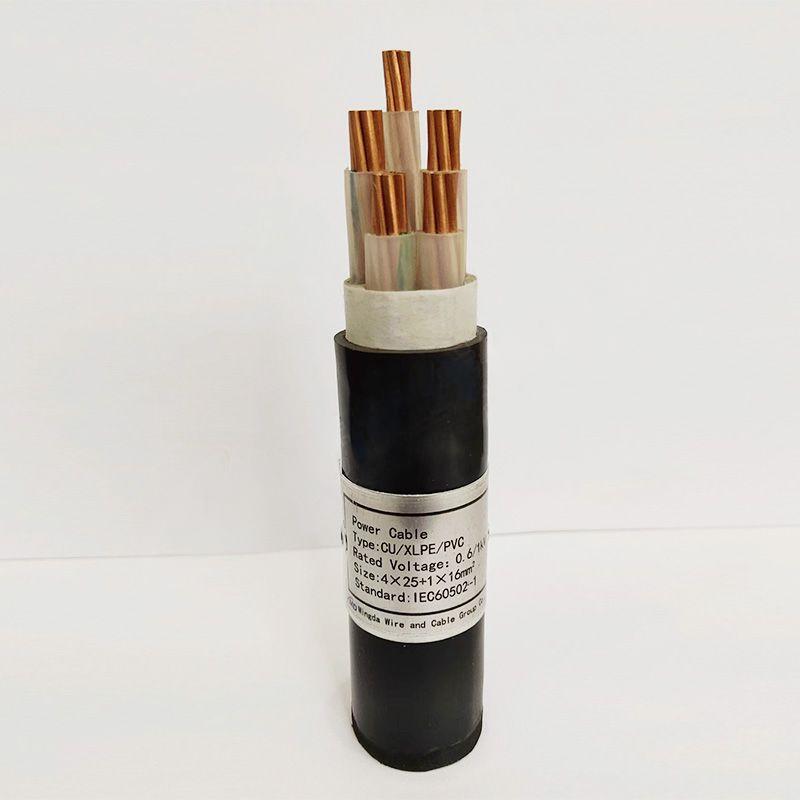11 月 . 04, 2024 11:44 Back to list
Exploring the Benefits and Applications of Multi-Core Cable Wires in Modern Technology
Understanding Multi-Core Cable Wires Features and Applications
Multi-core cable wires have become an essential component in various industries, ranging from telecommunications to automation, due to their ability to transmit multiple signals simultaneously. Unlike single-core cables, which consist of only one conductor, multi-core cables are made up of multiple individual conductors bundled together, allowing them to efficiently manage multiple electrical currents or data streams. This article delves into the features, types, and applications of multi-core cable wires, highlighting their significance in modern technology.
Features of Multi-Core Cable Wires
One of the most significant features of multi-core cable wires is their versatility. These cables can be designed with a variety of core materials, including copper and aluminum, depending on the requirements of the application. Copper cores are widely favored for their excellent conductivity and durability, while aluminum cores are lighter and more cost-effective for specific applications.
Additionally, multi-core cables typically come with different levels of insulation to protect against electrical interference and environmental factors. The insulation materials can vary, including PVC, rubber, and specialized thermoplastics, ensuring that the cables are capable of withstanding harsh conditions, such as high temperatures and moisture. This flexibility in design and robustness makes multi-core cables suitable for a wide range of environments.
Types of Multi-Core Cables
Multi-core cables come in several configurations, each serving a unique purpose
. Some common types include1. Twisted Pair Cables These cables consist of pairs of wires twisted together to minimize electromagnetic interference (EMI). They are widely used in networking and telecommunications for transmitting data over short to medium distances.
2. Coaxial Cables While typically seen as a single-core cable, coaxial cables can have multiple cores for specific applications, such as television and internet services. The design allows for effective signal transmission with minimal loss.
multi-core cable wire

3. Shielded Multi-Core Cables These cables are designed with a shielding layer to protect the inner conductors from external interference, making them ideal for industrial applications where electromagnetic interference is prevalent.
4. Flat Multi-Core Cables Often used in applications requiring flexibility and space-saving designs, flat multi-core cables are ideal for applications like robotics and appliances.
Applications of Multi-Core Cable Wires
The applications of multi-core cable wires are diverse, given their adaptability. In the telecommunications sector, multi-core cables are crucial for data transmission, enabling high-speed internet and telephone services. They facilitate the connection between devices and central systems, ensuring seamless communication.
In industrial settings, these cables play a vital role in automation systems. Multi-core cables connect sensors, actuators, and control systems, allowing for efficient monitoring and control of machinery. Their robustness against environmental challenges makes them suitable for use in manufacturing plants, warehouses, and other harsh industrial environments.
Moreover, multi-core cables are instrumental in the audio and video industries. In professional audio systems, they are used to connect microphones, speakers, and mixing consoles, allowing for high-quality sound transmission. Similarly, in video setups, multi-core cables facilitate the transfer of high-definition video signals across devices.
Conclusion
As technology continues to advance, the reliance on multi-core cable wires will only grow. Their ability to carry multiple signals simultaneously makes them indispensable in various sectors, ranging from telecommunications to industrial automation. Understanding the features, types, and applications of multi-core cables helps industries select the right solutions for their specific needs. With their inherent flexibility and durability, multi-core cable wires will remain a cornerstone in the development of technological systems, ensuring efficient and effective connectivity across various platforms.
Share
-
Understanding the Differences Between Wafer Type Butterfly Valve and Lugged Butterfly ValveNewsOct.25,2024
-
The Efficiency of Wafer Type Butterfly Valve and Lugged Butterfly ValveNewsOct.25,2024
-
The Ultimate Guide to Industrial Swing Check Valve: Performance, Installation, and MaintenanceNewsOct.25,2024
-
Superior Performance with Industrial Swing Check Valve: The Essential Valve for Any SystemNewsOct.25,2024
-
Industrial Swing Check Valve: The Ideal Solution for Flow ControlNewsOct.25,2024
-
You Need to Know About Industrial Swing Check Valve: Functionality, Scope, and PerformanceNewsOct.25,2024